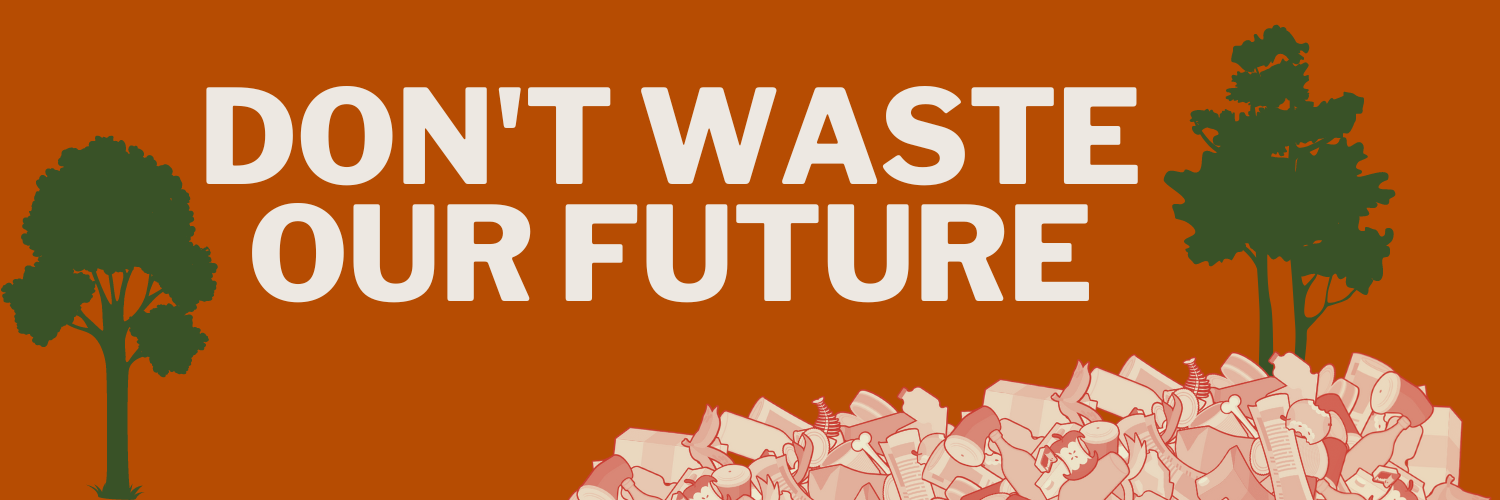a year into implementation, keeping food and organics out of landfills is picking up speed in california
Hat tip to Resource and Recycling, for this great analysis of the mighty progress of California’s big and small cities have made in providing accessible options to businesses and residents so they keep their organic waste out of landfills. Some key excerpts below:
75% of California jurisdictions (464 of 616 jurisdictions) have reported that they have residential organic collection, and early reports show decreasing amounts of organics in landfills.
Neil Edgar, executive director of the California Compost Coalition, said operating composters are in high demand. According to Linda Norris Waldt, deputy director of the U.S. Composting Council, California “is our hottest compost market because of that law.”
There’s a growing market for high-grade compost, she added, and demand is outpacing what composters can currently supply. Part of that drive is because the state’s huge agricultural sector is looking to compost to not only enrich the soil, but to reduce the need for pesticides, fertilizers and irrigation,” Rachel Wagoner, director of the California Department of Resources Recycling and Recovery (CalRecycle), said. “Our agriculture industry is seeing a real opportunity to solve a host of problems that they have by using better compost and the timing couldn’t be better,” she said. “So let’s build the infrastructure.”
Right now, the state has 206 operating organics processing facilities: 166 composting facilities, 23 biomass facilities and 17 anaerobic digestion facilities. Another 21 are under construction, and CalRecycle recently announced an additional $130 million in grants for organics infrastructure that will go to 23 more facilities in 15 counties. Those grant-funded projects will be able to take in over 7.7 million tons of food and yard material,
CalRecycle Director Wagoner said: “This is an incredible area of growth and a real illustration of how a circular economy works,” she said, adding that “we are absolutely intending for this to be a model for other states or nations.”
